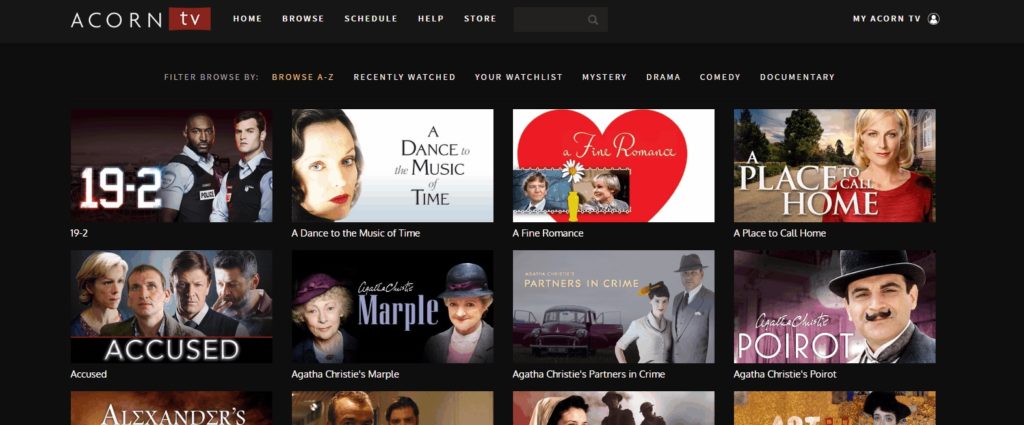In this Head Above Tide review, RICHARD VAREY listens to Jason Vitelli’s latest album and also quizzes the musician about his sound and artistic vision.
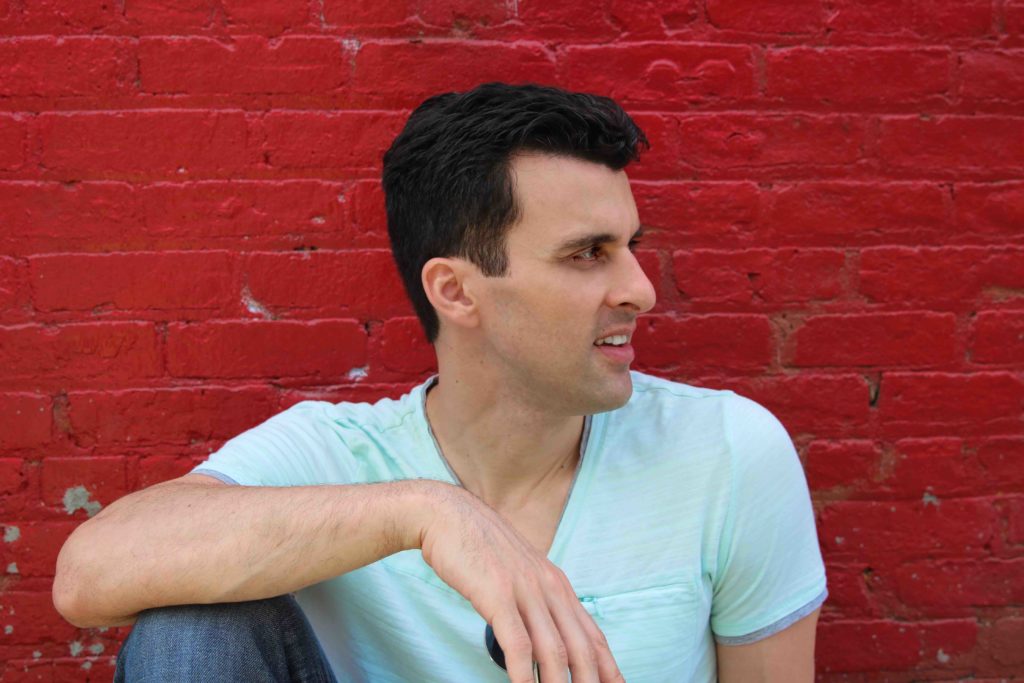
Jason Vitelli’s 2011 album Confluence (read about it here) combined powerful music with stunning sound, and now there’s Head Above Tide, which was recorded with the same direct-to-stereo technique applied for that previous album, but with overdubs.
The tracks were recorded at 24-bit/96kHz and mixed at Art Halperin’s Top of the World Studios in Yorktown Heights, Westchester County, New York, a unique space designed by Barry Diament that employs his stereo mic array (see tech specs at end of story). Once the album was assembled, Barry took care of the mastering through his superior Magnepan speaker monitors.
Vitelli describes his music as, “Elvis Costello meets Jesus Christ Superstar”. He tells me that many have compared his ‘cinematic rock’ sound to early Laura Nyro, Peter Gabriel and Kevin Gilbert. He’s found much of his inspiration in listening to 20th century classical and late 1970s experimental rock.
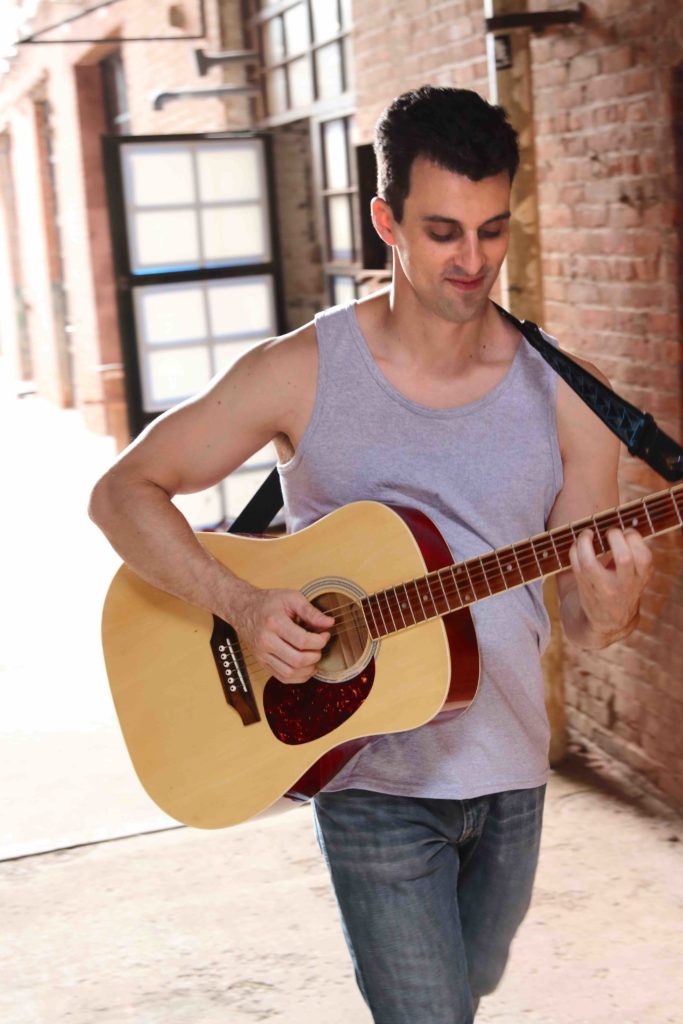
It Began At Seven
He began learning to play the piano at the age of seven years, then guitar at high school. Graduating with a degree in music, Vitelli then studied sound engineering and film scoring at graduate school, and was apprenticed in writing TV music prior to the recording of his first album, No Photographs (2009).
He’s a multi-instrumentalist, singing baritone and playing keyboards, as well as rhythm/lead/bass guitar, alto sax, and sampler. Vitelli describes Head Above Tide as being about facing and defying adversity, and overcoming obstacles. The album draws on real conflicts and classic literature, with dramatic arrangements and audiophile production. Like a film, the lyrics show someone else’s reality to bring humility and understanding to the listener by distilling the stories of others in a big picture presentation.
Vitelli creates an absorbing style of intricate modern progressive music, which could be called ‘post-prog’, with wide ranging dynamics throughout and somewhat unusual subject matter. Also characteristic of Vitelli’s music is the deep lyricism based on literary references. The storytelling requires deep listening to appreciate what is being said, and is founded on spirited performance and compelling arrangements that bring to mind musical theatre.
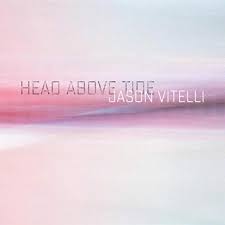
I asked him how he came to describe his music as cinematic and why he records this way. “Over the years I’ve heard many of the same adjectives from listeners: theatrical, story-driven, intense, cerebral, and emotional,” says Vitelli. “If not by definition, perhaps my music is cinematic in spirit, as I’ll journey through aural narratives as well as lyrical ones. I find a chord may have a colour and a chord progression will paint an image with those colours.
The timbre of an instrument (or an arrangement of timbres) brings about dimension and shape while the rhythm can evoke texture. In turn, I either draw lyrics from this aural narrative or vice versa. ‘A film score without a film’ could be a better description. One thing is for sure; the labels I’m conjuring are an afterthought, not an impetus to my writing.
Why He Records This Way
“As to why I record this way, I believe the performance aspect of popular music has been sidelined by an emphasis on digital editing and sampling. That doesn’t mean all pop albums being made today are terrible. Instead, I will often find something missing from the listening experience. I believe the desire to create something perfect, not human, is a significant part of the issue. It becomes too easy to quantize, to smooth over and to fix a take.
The connection between instruments is also lost when relying solely on overdubbing. The ebb and flow of a song’s tempo, the lack of predictability of dynamics, and the ‘mistakes’ that become an idiosyncratic part of a song are what turns me on as a listener. Therefore, I wanted to bring the same sense of life to my recordings. My first album is the antithesis of these values, as the performance is 100 percent simulated. Still, I’m open to applying any creative approach that will fit the material or budgetary constraints.”
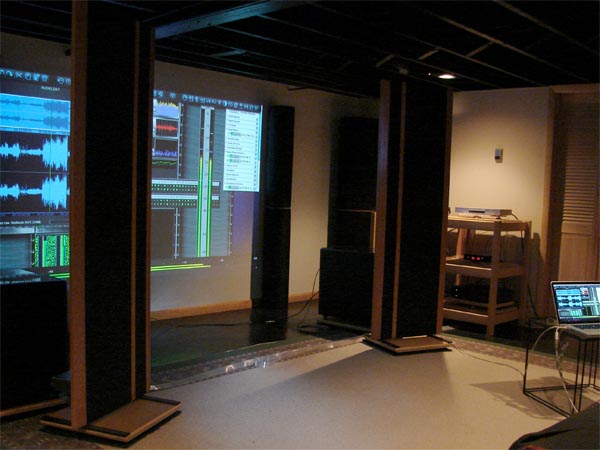
This is dramatic, passionate story-telling art, and the sheer intensity of the performances is preserved in these recordings; an intensity that would not be well served by compression.
Measuring Dynamic Range
A measuring of the dynamic range on the album using JRiver Media Center 25 revealed that they ranged from a healthy DR10 to an enticing DR14. I’m a long-time user of JRIver Media Center and I’ve set it to automatically analyse the files when I add music to my library. I find that the recordings that are the most engaging are those with DR in the 10-18+ range, and I’m well aware that many musically great albums have been damaged by dynamic range compression, in some cases making them hard to listen to.
Based on thousands of listening hours, I’ve invented my own rating scheme, partly out of frustration, and think it’s time that publishers of recordings were required to label their products with the dynamic range, in the way that food nutrition labelling tells the buyer more of what is being offered. In the range DR1-4, I wonder just what have they done wrong; DR5-8 is disappointing; DR9-12 is enjoyable; while DR 13-16 is exceptional aural experience; and DR17-21+ is just ‘WOW!’ You can hear it in recordings that sound like a live performance and you feel like you’re there in at the concert.
Compression Damages
Dynamic range compression damages the art of music, since loud recordings sound flat, squashed, mushy and lifeless, resulting in listener fatigue. It’s in the translation from recording to making reproducible that the damage is done, when engineering and commercial interests convert the artistic expression into marketable product. Loud (“hot”) mixes sacrifice dynamic range and thus sound quality. They squash/crush the aural space, clarity, and punch of the recording, creating a playback experience that is muddy, clipped, lifeless, fuzzy, constricted.
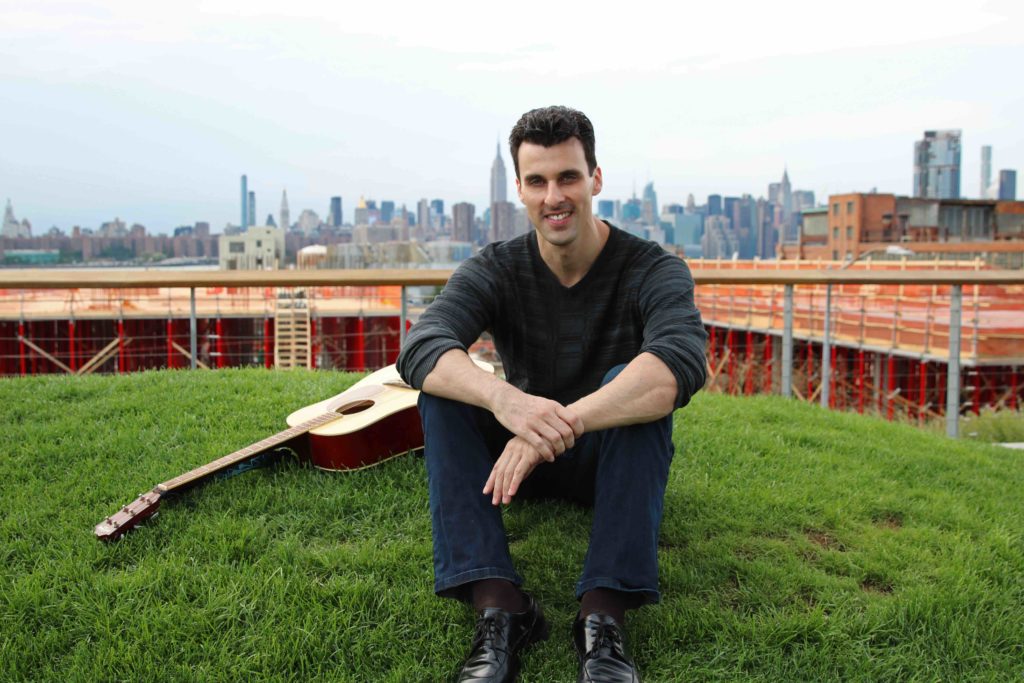
I wonder if there is a consistent correlation of dynamic range and ‘pain’ or ‘pleasure’ in listening. By this, I mean the pleasure of emotive engagement and in-the-moment submersion, excitement, inspiration, all invoking extended listening, in contrast to the pain of irritation, tension, fatigue, and loss of focused attention.
There’s much talk of a continuing stand-off between music fans and hi-fi fans. One viewpoint seems to be, ‘you don’t need high quality sound to enjoy great music’. I wonder why a music fan would not want to enjoy beautiful music the way the artist heard it? You can do that with a growing number of musicians who have chosen the audiophile route with natural sounding recordings for the art of listening – David Elias and Lyn Stanley come to mind, and Sara K, Vanessa Fernandez, Doug MacLeod, Carmen Gomes and Allan Taylor.
There are others, too. The Soundkeeper Recordings catalogue is one source, so are MA Recordings, Stockfisch, Mapleshade, Linn Records, Sound Liaison, M&K Real Time, STS Digital, AudioQuest, In-akustik, and others.
Recordings made ‘hot’ are not cool. You just need to know where to look/listen. Jason Vitelli is one of the enlightened creatives who care deeply how their music is captured and don’t allow mangling – dulled, collapsed, constrained – in its distribution. Big, dramatic music demands and deserves a big presentation. In an ideal audio world, all performed music should be recorded and presented in this way.
Impact, Clarity, etc
Then we can enjoy impact, clarity, tonal balance, detailed natural, pure sound with tonal realism, true timbre (sonic colour) and texture, for the believable reproduction of a real performance, not artificial aural construction. The artistic form begs to be captured, preserved, and reproduced this way.
Chesky Records use a list of sonic characteristics to define high quality recordings, including depth, atmosphere, naturalness, presence, visceral impact, dynamics, fine details and textures, and subtle shadings in tonal colours. In thinking of Vitelli’s music, I discern drama, intensity, contrast, complexity, intricacy, and momentum. All demand dynamic range and resolution in capturing and reproducing the musical experience. For me, the musical form and the manner in which it is recorded and reproduced go hand in hand. It’s all part of a holistic appreciation of music.
Would Leonardo Da Vinci want you to see only a fourth-generation photocopy of his masterpieces? Imagine choosing between watching Ben Hur or Star Wars on your local movie theatre big-screen or a portable black and white screen TV.

But back to Jason Vitelli. Three albums in nine years may not seem prolific, although there are nearly 50 songs in total. It’s the scope of Jason’s music that is impressive. There’s abundant intelligence and thoughtfulness in these fertile songs. You get a lot of musical energy and lyrical vitality, and it is delivered in pristine 24-bit AIFF files.
Audiophile?
I asked him if he is an audiophile: “Due to budgetary constraints, I don’t employ high performance audio equipment. However, as a practicing sound engineer, I utilize what I have very well; well enough to be able to mix-down audio with some degree of facility. What I always keep in mind is the inherent limitation of my room and equipment.
For example, I’ll never use it to EQ tracks, since I find monitoring through my speakers adds a slight but noticeable coloration to playback. In spite of its limits, I believe a consumer level audio system set up correctly can sound superior to a high performance system not set up correctly.
“I can elaborate on how I discovered how a correct set up can instantly improve sound quality. A number of years ago, I had read Barry Diament’s article about monitoring in stereo and configured my speakers using his technique. I made no other changes to my system other than re-spacing the speakers and placing them on floor platforms.
At once I noticed a vast improvement in the spatial image of every recording. Even the EQ colorations sounded tempered and more diffuse. I began relistening to my album collection in order to experience the music in this truer, more transparent state. In contrast are the times when I’d listen to playbacks while hired to perform for a recording artist. At their ‘pro studio’, I always felt the monitoring was harsh, flat and inferior, so inferior in fact that I vowed never to use a traditional studio for my mixing projects.
First Pass
“With this in mind and to also save some cash, I did a first pass of the Head Above Tide mixes at my home studio. I then brought the draft mix-downs to Art Halperin at Top Of The World Studios, since his speakers are also set up using Barry’s technique. Barry and Art took a listen and were pleasantly surprised that not very much needed to be adjusted dynamically. They added some well placed EQ to individual tracks, as I chose to hold off on adding it until I brought the mixes to them.
“All in all, you can consider me an audiophile! Since the Napster era, I’ve always been frustrated by audio file compression and only recently started embracing music streaming, now that TIDAL and other distributors are offering up ‘hi-def’ lossless plans”.
When not writing and recording, Vitelli keeps busy playing with composer Emanuele Tozzi, jazz singer Louette On The Weekends, and the ensemble group The Big Sticky Band.
No Photographs (2009), Confluence (2011), and Head Above Tide (2018) are available at his online store and on Bandcamp. To hear what music really sounds like, as the performers heard it, check out Jason Vitelli’s latest albums in high-resolution 24-bit 96 kHz format.
Head Above Tide can be streamed at Soundcloud.
Head Above Tide Review – Album tech specs
Head Above Tide was recorded with two Earthworks TC30 omni microphones attached to a stereo bar with an absorbent baffle between them. The feeds were connected to a Metric Halo 2882 A/D converter via Nordost cables. For further takes in his home studio, Jason recorded using an Earthworks SR30/HC cardioid microphone, which has a similarly flat EQ and fast transient response.









